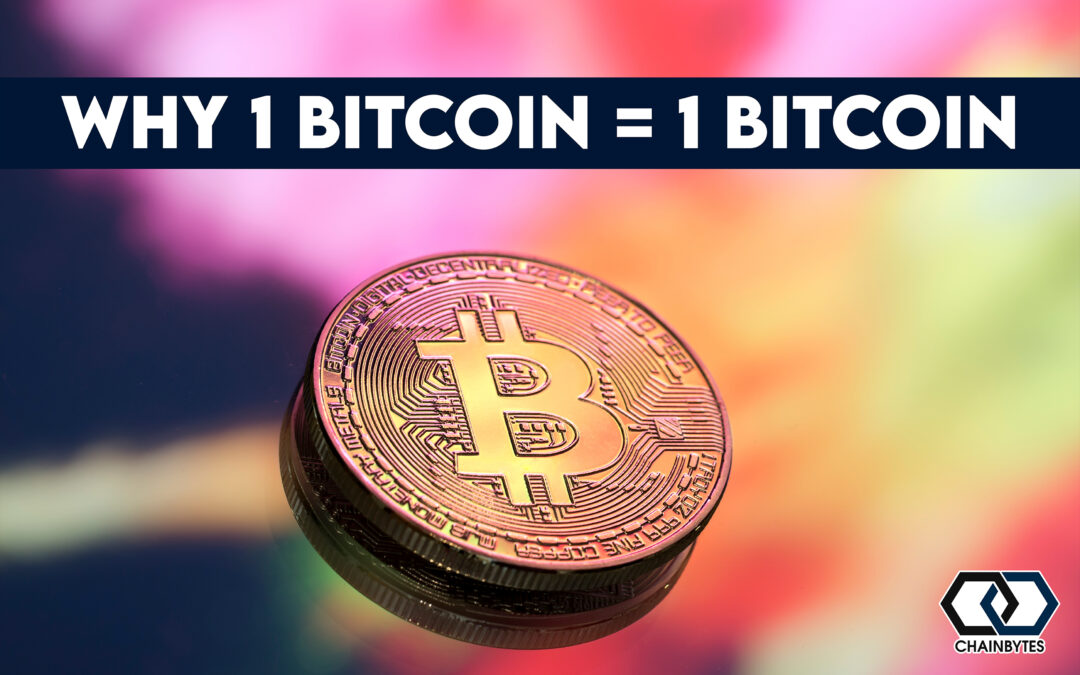According to Bitcoin’s founder Satoshi Nakamoto, there are only 21 million Bitcoins (BTC) available to be mined in total. Some of these coins have already been lost due to forgotten passwords or misplaced private keys. But even lost coins remain part of the total supply of Bitcoins.
The fixed supply of Bitcoin means that there will only ever be so many coins in circulation. This scarcity helps increase Bitcoin’s real value over time. It is common to look at Bitcoin’s valuation today in terms of dollars, but this can be problematic. Dollars are a form of fiat currency and because fiat currency is always being printed; if you look at Bitcoin solely in terms of its dollar denominated value, it can be misleading.
The Price of Bitcoin
The price of Bitcoin is very volatile due to the speculative nature of the cryptocurrency market.
- Bitcoin isn’t just a currency. It is a disruptive technology in modern finance.
- Bitcoin may not yet be accepted by the traditional finance industry, but it has features that make it an ideal digital electronic peer-to-peer (P2P) payment method using a decentralized, permissionless system.
- Bitcoin is also valuable not just in terms of dollar prices, but as a system for storing and transferring value in the future. As such, many call Bitcoin “digital gold”.
There is a misconception that when the price of a Bitcoin goes down, it loses its value. To unravel this misconception, we have to look at Bitcoin in terms of its overall market.
If the price of one Bitcoin is $50,000, then that is its current price in fiat terms. If the price per coin goes down from $50,000 to $25,000, the common thinking is that Bitcoin just lost half its value. But this price reduction is only terms of its relationship to fiat currency. In reality, one Bitcoin is still equal to one Bitcoin.
Market Cycles in Cryptocurrency
The cryptocurrency market moves in cycles. This is at least one reason why price fluctuations are very common with Bitcoin. The value of Bitcoin is linked to its halving cycles which occur after every 210,000 blocks are mined. This happens roughly every four years.
- The payment of awards to miners is how new Bitcoins are put into circulation from the remaining supply.
- Halving reduces the number of Bitcoins paid as awards to Bitcoin miners (miners are also sometimes called “nodes”).
- The miners produce “blocks” – similar to copies of a digital checkbook – on the Bitcoin network. Their responsibility is to validate blocks of Bitcoin transactions and add them to a decentralized database called a blockchain.
- To receive an award of Bitcoins, a miner must solve a cryptographic puzzle.
- Many miners compete with each other to solve the puzzle. The miner that is able to solve it first receives the award as an incentive.
- The Bitcoin “hashrate” is a reflection of how much computing power from miners is currently at work to solve the cryptographic puzzle.
- When the hashrate goes higher, due to more mining power, the Bitcoin code adjusts to make the cryptographic puzzle more difficult to solve. This “difficulty” adjustment – up or down – happens automatically every two weeks.
Halvings are part of Bitcoin’s design to gradually decrease its circulating supply. This helps safeguard Bitcoin’s scarcity. Analysts have noticed that after halving events, Bitcoin’s price value tends to increase.
HODLing Bitcoin
The term HODL became synonymous with Bitcoin holders as the price began to move up after 2009.
- A HODLer is someone who holds their Bitcoin despite bear market cycles, when prices dip.
- Another term given to HODLers is “diamond hands” because of their willingness to hold onto Bitcoin rather than sell it during market downtrends.
Many believe that, only when you sell your Bitcoin, does it actually lose its value. Further, if you HODL Bitcoin for the long-term, you can regain losses when the market rallies back into a bull-cycle. Bull-cycles occur when fresh inflows of capital pour into the market for Bitcoin.
Synopsis
New investors in Bitcoin often panic when the price of the cryptocurrency suddenly drops. It’s important for these people to look at Bitcoin’s value in the future and beyond its current “fiat” price. Bitcoin’s total supply is not diluted when prices drop. This means, even if the price of one Bitcoin goes down in fiat terms, it is still worth one Bitcoin.
Fluctuation in the price of Bitcoin is normal. What new investors must overcome is the desire to panic and sell when the price dips. They must understand that one Bitcoin will always be equal to one Bitcoin. With patience, new investors can reap the long-term advantages of Bitcoin ownership over time.
Follow us on Social Media:
In the meantime, you can follow us on our channels, visit our website, or call us directly!
Check out our website, https://www.chainbytes.com
Give us a call! +1 (415) 529-5777 or shoot us an email.
Related News
Webinar Highlights: How To Start & Grow Your Bitcoin ATM Venture
Wrapping up the year with our final webinar, we took a moment to reflect on an engaging session filled with insights and opportunities. As Bitcoin recently surpassed the monumental $100k mark, interest in the cryptocurrency industry is soaring, making now an ideal...
Tips for Seamless Customer Support in the Bitcoin ATM Business
Effective customer support is crucial for any business, and the Bitcoin ATM industry is no exception. With the growing popularity of cryptocurrency, users increasingly rely on Bitcoin ATMs for quick and easy transactions. However, as with any new technology, customers...
Key Considerations for Investing in Cryptocurrency ATMs
In the evolving world of finance and technology, cryptocurrency ATMs are becoming increasingly popular. These machines offer a tangible interface between the digital and physical realms of finance, allowing users to buy and sell cryptocurrencies with ease. As an...







